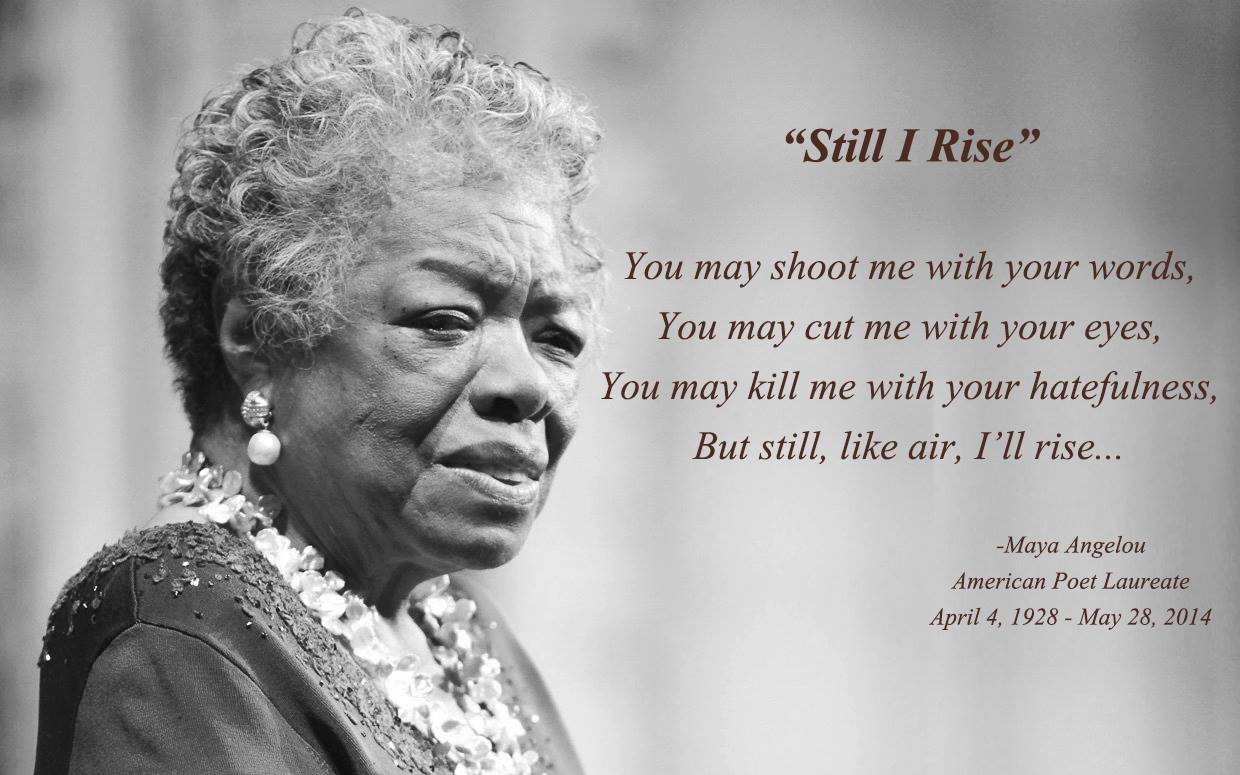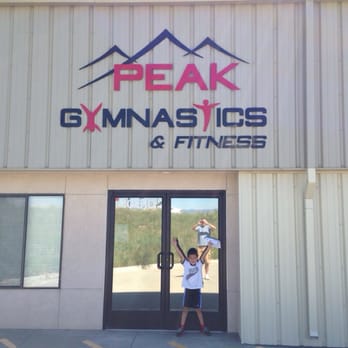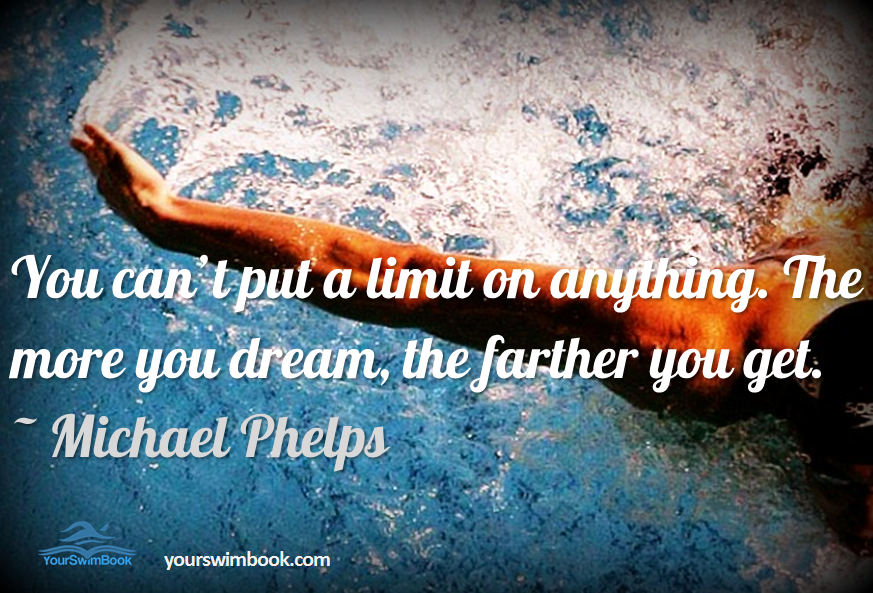5 Levels of Gymnastics: Elite to Beginner Explained

The world of gymnastics is a captivating blend of strength, agility, artistry, and precision. Athletes dedicate years of training to master skills that seem to defy gravity. But not all gymnasts compete at the same level. The sport operates on a pyramid structure, with a wide base of beginners and a narrow peak occupied by the elite. Let’s delve into the five distinct levels of gymnastics, exploring the skills, commitments, and aspirations at each stage.
Level 1: The Foundation - Beginner
Imagine a bustling gym filled with laughter, chatter, and the occasional thud of a landing. This is the realm of the Level 1 gymnast, typically a young child brimming with energy and enthusiasm. Here, the focus is on fundamental movement patterns and body awareness. Cartwheels, forward rolls, handstands against the wall, and basic jumps are the building blocks. Strength training is introduced gently, often through games and playful exercises.
Key Takeaway: Level 1 is about fostering a love for movement, developing coordination, and building a solid foundation for future skills.
Level 2: Building Blocks - Novice
As gymnasts progress, they enter Level 2, where basic skills become more refined. Handstands progress from the wall to unsupported holds, and cartwheels gain height and precision. Backward rolls and bridges are introduced, expanding the gymnast’s spatial awareness. Simple routines on the floor, vault, and bars begin to take shape, emphasizing proper form and technique. Strength training becomes more structured, incorporating bodyweight exercises like push-ups, pull-ups (assisted), and core work.
Skill Progression Example:
- Handstand against wall → unsupported handstand (3 seconds)
- Cartwheel → side aerial (cartwheel with a jump)
- Forward roll → backward roll
"At this level, gymnasts start to understand the importance of practice and dedication. They begin to see the connection between consistent effort and skill improvement." - Former Level 2 CoachLevel 3: Refinement and Complexity - Intermediate Level 3 marks a significant leap in difficulty. More complex skills are introduced, demanding greater strength, flexibility, and coordination. Round-offs, back bends, and basic flips like front tucks become part of the gymnast's repertoire. Routines on all four apparatus (floor, vault, bars, beam) become more intricate, showcasing emerging artistry and personal style. Training intensity increases, with longer practices and a focus on perfecting technique.
Pros: Increased skill diversity, greater sense of accomplishment
Cons: Higher risk of injury, increased time commitment
Level 4-5: The Competitive Arena - Advanced
Levels 4 and 5 represent the realm of competitive gymnastics. Gymnasts at this stage are highly dedicated athletes, training multiple hours a day, several days a week. Skills become increasingly difficult and dynamic, incorporating twists, flips, and intricate combinations. Routines are judged on difficulty, execution, artistry, and overall presentation.
| Level | Example Skills | Training Commitment |
|---|---|---|
| 4 | Back handspring, round-off back tuck, giant swing on bars | 15-20 hours/week |
| 5 | Double back tuck, Arabian vault, Tkatchev release on bars | 20-30 hours/week |

Expert Insight: "At these levels, gymnastics becomes a lifestyle. Athletes must balance rigorous training with academics, social life, and emotional well-being. Mental toughness and resilience are just as crucial as physical ability." - Olympic Gymnastics Coach
Level 10 and Beyond: The Elite
The pinnacle of gymnastics is represented by Level 10 and elite gymnasts. These athletes are the cream of the crop, competing at national and international levels. Their skills are breathtaking, pushing the boundaries of human capability. Double and triple twisting flips, complex bar routines, and gravity-defying beam skills are commonplace.
Training is all-encompassing, often requiring relocation to specialized training centers and full-time commitment. The pressure to perform at the highest level is immense, both physically and mentally.
"Elite gymnastics is a testament to the power of human potential. It demands unwavering dedication, sacrifice, and an unbreakable spirit." - Simone Biles, Olympic Champion
Beyond the Levels: A Journey of Dedication
The five levels of gymnastics represent a journey, not just a hierarchy. Each level builds upon the previous one, requiring increasing skill, commitment, and passion. From the playful beginner taking their first cartwheel to the elite athlete defying gravity on the world stage, gymnastics is a sport that inspires and captivates. It’s a testament to the incredible feats the human body can achieve through dedication, discipline, and the pursuit of excellence.
How long does it take to progress through the levels?
+Progression time varies greatly depending on individual talent, dedication, and training intensity. Some gymnasts may advance quickly, while others take several years to master each level.
What are the age requirements for each level?
+While there are no strict age requirements, most gymnasts start at Level 1 around 5-7 years old. Elite gymnasts typically compete in their late teens and early twenties.
Is gymnastics only for girls?
+Absolutely not! Gymnastics is a sport for everyone. Men’s gymnastics focuses on different apparatus (floor, pommel horse, rings, vault, parallel bars, horizontal bar) and emphasizes strength and power alongside agility and artistry.
What are the risks of gymnastics?
+Like any sport, gymnastics carries a risk of injury. Common injuries include sprains, strains, and fractures. Proper coaching, safe training practices, and gradual progression through levels can help minimize these risks.
What are the benefits of gymnastics?
+Gymnastics offers numerous benefits, including improved strength, flexibility, coordination, balance, and body awareness. It also fosters discipline, confidence, teamwork, and a strong work ethic.



